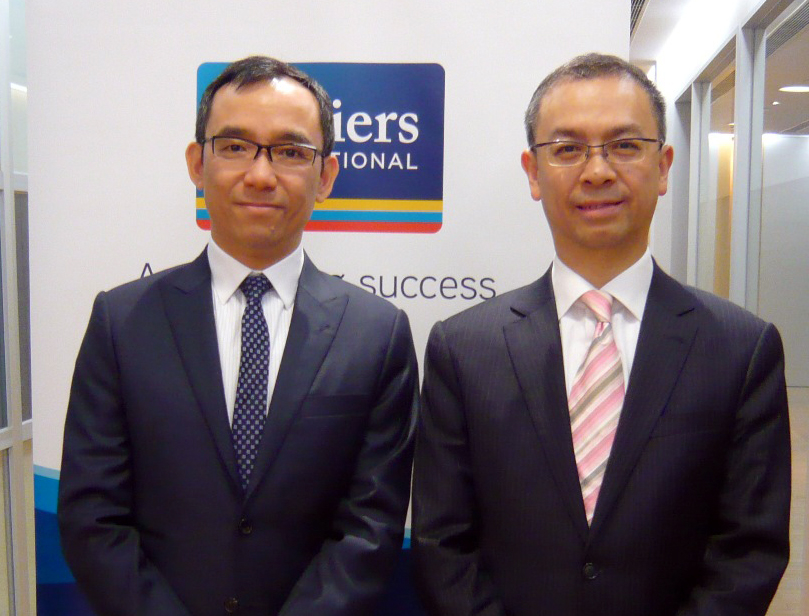28 February 2012, Hong Kong – While commercial and residential properties have always been the backbone of Hong Kong’s investment scene, of lately, individual investments in the hotel sector has given the two forerunning sectors a run for their money.
Fundamentally, Hong Kong’s hotel industry is largely underpinned by the buoyant growth of inbound visitors. The number of inbound visitor arrivals registered recording-breaking 42 million in 2011, up 16% year-on-year (YoY). Further growth of 5.5% in the number of visitor arrivals is further anticipated in 2012, albeit at a lower rate than the previous year.
On the supply front, the number of hotel rooms has seen a compound annual growth rate (CAGR) of 5.9% between 2003 and 2010 and recorded 60,428 rooms in 2010. Meanwhile, the hotel occupancy climbed to an average of over 90% in 2011, a level pushing extremely close to the maximum capacity of stock.
 “With such encouraging demand growth and limited new supply, it is not difficult to see the potential of hotel investments as hotel room rates are able to sustain its positive growth,” said Simon Lo, Executive Director of Research and Advisory, Asia at Colliers International. According to the data sourced from the Hong Kong Tourism Board, the average hotel room rate was HK$1,538 per night, representing 16.3% YoY increase and a record high since 2005. Amongst different categories of hotel, the growth of medium-tariff hotel room rate was the most outstanding in 2011, increasing 21.1%YoY.
“With such encouraging demand growth and limited new supply, it is not difficult to see the potential of hotel investments as hotel room rates are able to sustain its positive growth,” said Simon Lo, Executive Director of Research and Advisory, Asia at Colliers International. According to the data sourced from the Hong Kong Tourism Board, the average hotel room rate was HK$1,538 per night, representing 16.3% YoY increase and a record high since 2005. Amongst different categories of hotel, the growth of medium-tariff hotel room rate was the most outstanding in 2011, increasing 21.1%YoY.
The rising hotel room rates and sustained growth in demand translate into a high and stable yield for hotel properties. The yield of residential and commercial properties, including office and retail properties, saw compressing pressure and edged down to a level between 2.3%and 3.3% per annum in 2011. In comparison, the yield of hotel was 4.0% to 4.5% in the past year, representing a premium of about 100 basis points over residential and commercial property. “With critical factors working in favour of this sector, property investors have started jumping on this bandwagon as proven in several recent hotel-related transactions,” commented Lo.
On the type of investors interested in this sector, recent records indicate that a majority of them – about 65% – attributed to investors who buy the hotel property for self-operation while the remaining percentages are mostly real estate funds and investors looking for rental income and traditionally will outsource the hotel operation to third parties.
Looking ahead, all bets are still on this sector albeit at a mitigated pace given the exponential growth experienced recently. In comparison to the growth of 5.9% CAGR (compound annual growth rate) in new supply between 2003 and 2010, the pace is anticipated to slow to 2.4% CAGR between 2011 and 2016.
“With limited new supply confirmed for this market, coupled with sustained demand arising from the growth of tourists arrivals, hotel room rates are expected to remain stable or experience further boost this year,” said Antonio Wu, Executive Director of Investment Services, Asia at Colliers International. Wu however, also pointed out a slight challenge in terms of the location of current hotel properties. “Stocks of hotel properties currently available for sale in the market are not located at core districts such as Central, Causeway Bay, Tsim Sha Tsui and Mong Kok. In view of this, investors will generally shift their focus to fringe areas or peripheral locations of the core districts, for example, Sheung Wan, North Point and the fringe area of Tsim Sha Tsui, which are supported by well-established infrastructure and within close proximity to popular shopping destinations.”













